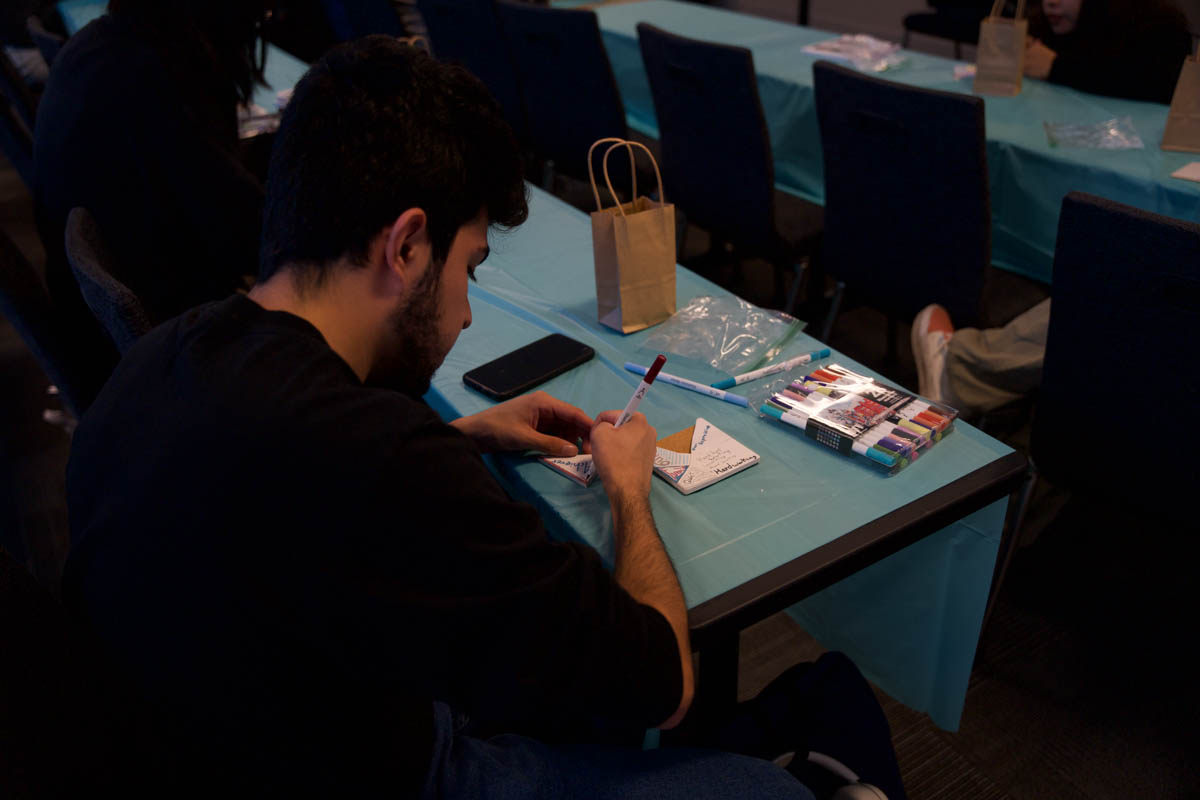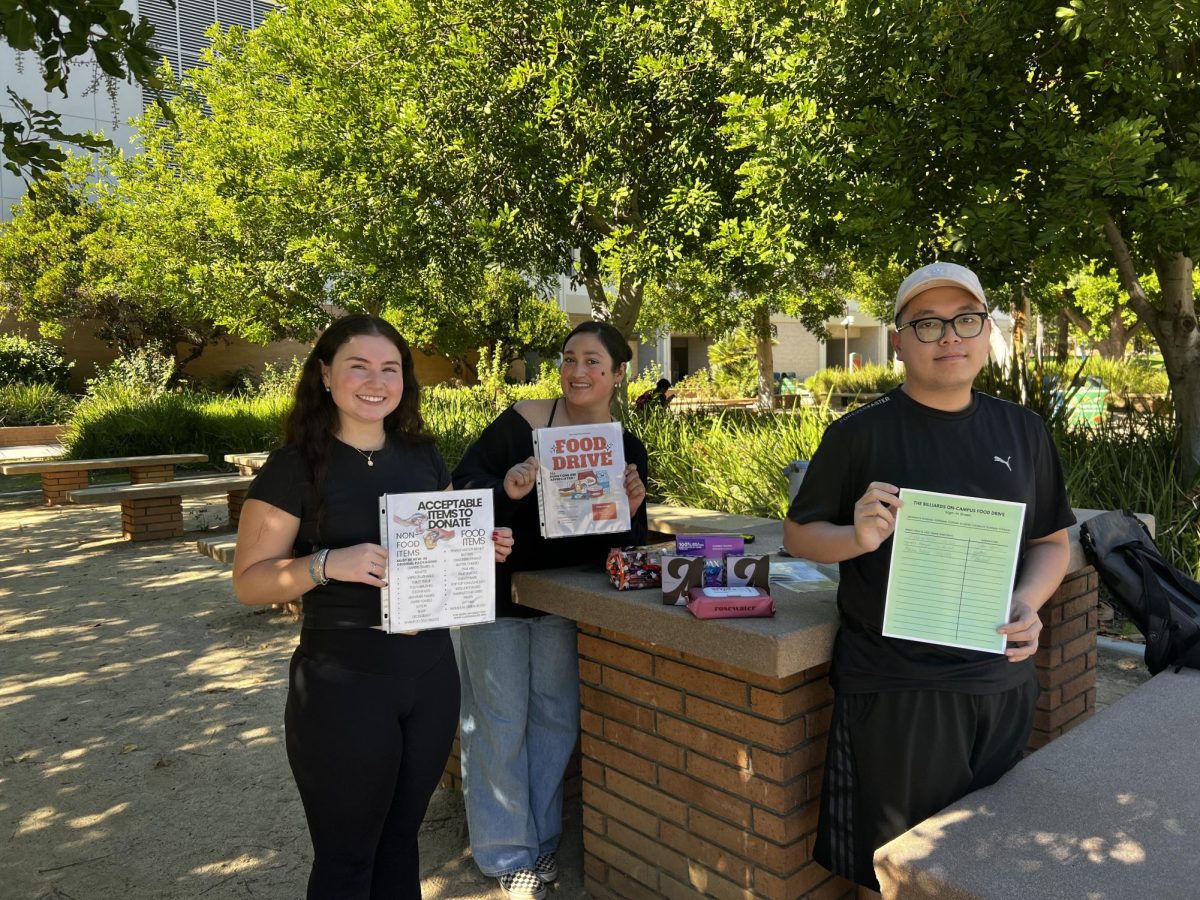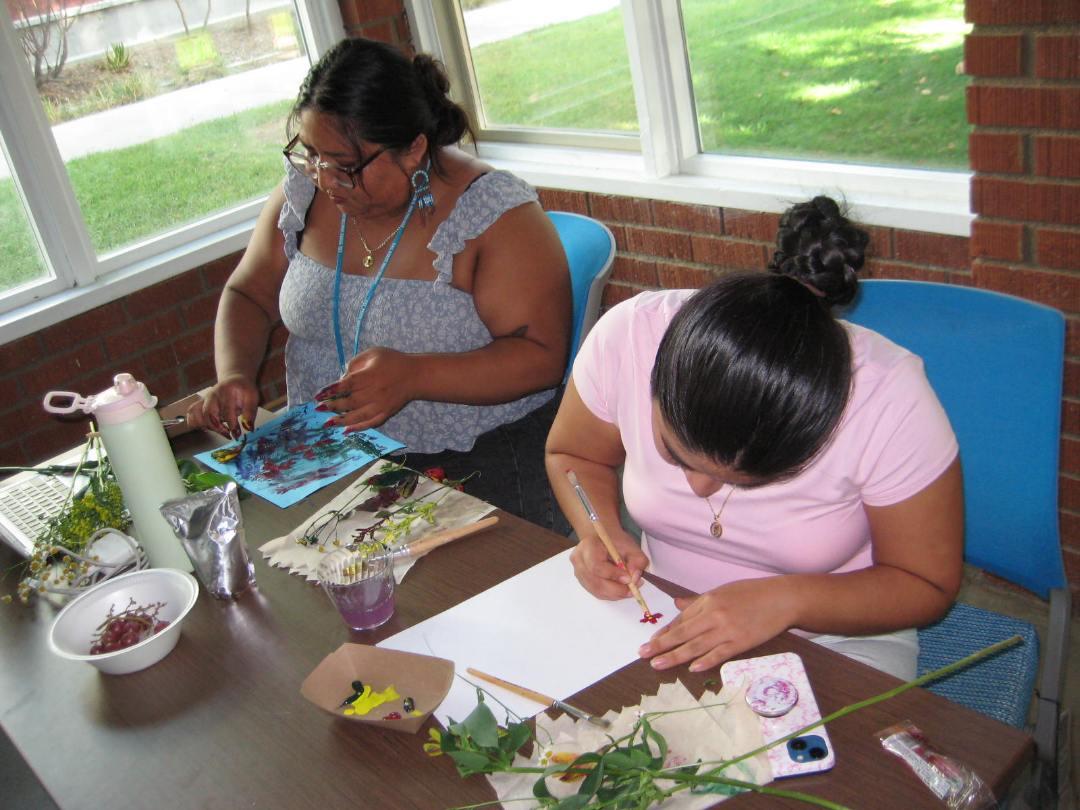CSUN students struggling to meet their dietary needs will have more resources available to them this semester as two new food pantries are scheduled to open soon.
The emergence of the pantries coincides with the first phase of the “Serving Displaced and Food Insecure Students in the CSU” study, commissioned by California State Chancellor Timothy White.
The study estimates 8.7 percent of the 460,000 students in the California State University system lack a permanent residence and 21.7 percent are food insecure.
The Matador Involvement Center will open a food pantry in a temporary location behind the bookstore before moving to a permanent location in Laurel Hall in the spring semester, according to activities coordinator Maria Elizondo. She said the pantry will be available to everyone.
Students will not be expected to demonstrate any proof of need in order take advantage of the program, only school affiliation.
“We do not want to put any barriers to having our students acquire the help,” Elizondo said. “We know there is a huge need. The study tells us that. We see that. It is a system-wide effort.”
The Women’s Research and Resource Center will also open a pantry in their facility aided by a donation from the San Fernando Valley Rescue Mission, according to Shira Brown, director of the Women’s Research and Resource Center. This pantry also recognizes food security is a major problem within the CSU system and will not require any validation, other than a student i.d., to receive food.
“We have dedicated an area that is going to be specifically for food pantry items and it will be open during dedicated hours for students to come in and either get food for that day or they can come in and fill up a grocery bag,” Brown said.
Homeless since 2009, recent graduate Tamus Glunz founded the Matador Food Bank, which has provided 438 packets of a 7 to 9 day food supply to students since Dec. 8, 2015. Glunz said she is still looking to grow the student-run organization and is searching for space to operate on campus.
“We appreciate all the pillars and all the support of all the organizations, and we ask that you continue that support, so that we can continue to be of support to more students,” Glunz said.
Glunz lost everything in 2009 including 2 homes and 4 businesses. She was on food stamps for four years and in the California Department of Rehabilitation. She knows that she shares a lot of the same hardships other CSUN students face.
“Thankfully my investment in my 1988 fleetwood bounder, which I can’t use the restroom or cook in, is the roof over my head,” Glunz said.
The study found that 79 percent of students and 63 percent of faculty are not aware of the services available on campus and the vast majority of students who participated said the need for food if available outweighs the stigma of asking for it and would use the services if provided.
“For us it is not about judgment or making people feel uncomfortable or requiring people to jump through hoops,” Brown said. “It is just about providing resources for our students because we know that in order for people to be successful students, they cannot be hungry.”
All the pantries are accepting donations of either cash or non-perishable items. The pantry organized by the Matador Involvement Center hopes to be able to accept perishables once they move to their permanent location in Laurel Hall next semester.
Brown said the donations from the San Fernando Valley Rescue Mission are very carb heavy and the Women’s Research and Resource Center can use protein donations, such as beans, peanut butter and tuna fish.
Elizondo attended CSU’s Food and Housing Security Conference on June 20-21 in Long Beach and said it was an opportunity for her to be aware of what other schools in the system are doing to address issues students face.
“This has been in the works for some time,” Elizondo said. “It just coincides that we were able to go to the conference and gain some support and resources, so we don’t have to reinvent the wheel, but rather look at what other campuses are doing.”
Brown said she will use this semester to assess the program and see how many students are utilizing the resource. Then she will meet with Elizondo to share notes and discuss what changes can be made to make the respective pantries more effective next semester.
The need for housing for CSU students is a more challenging obstacle to address, according to the study. The study states that the Educational Opportunity Program (EOP) on campus does provide housing support for foster youths and housing referrals can be made to local off-campus housing resources.
The Family Rescue Center in Canoga Park is a faith-based organization, which has partnerships with USC and Kaiser Permanente. This service is a navigator program for people who need to connect with resources including housing, health care, welfare and social services for 450 to 600 families per month, according to Healthcare Administrator Roger Williams.
“We have many families in the San Fernando Valley who are unable to make ends meet,” Williams said. “They don’t have adequate food. They don’t receive adequate health care services. So often times they live in pain and they live without having the opportunity to see a doctor.”
Williams said there is a need for volunteers , especially students in the health administration program and pre-med majors. They will gain first-hand experience by taking blood pressure and learn about primary health care.
“They can learn to understand community health and what the needs are that people have in our society,” Williams said. “Students can learn how to assess community needs and health care needs and they can learn how to refer people to resources in the community.” There are other resources on campus including the Matador Food Bank which provides food and household items.
The Klotz Health Center offers services to currently enrolled students at little to no cost. Students can make an appointment for a free peer to peer nutrition counseling session to discuss their dietary needs, including eating on a budget, according to CSUN health educator, Sharon Aranoff.
Students who do not have a permanent place to sleep or do not know where their next meal will come from are highly stressed, which makes reaching their educational goals more challenging, according to the study.
“We are just trying to alleviate some of those barriers that might keep students from really achieving what they are completely capable of achieving,” Brown said.











